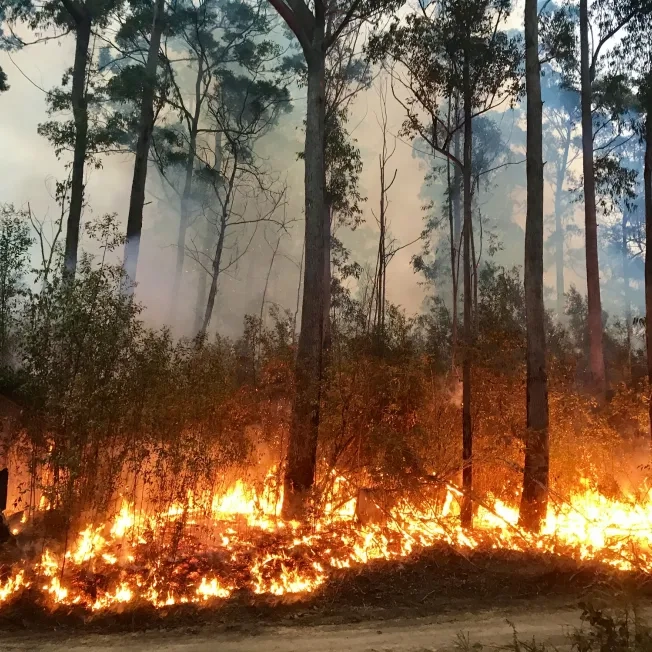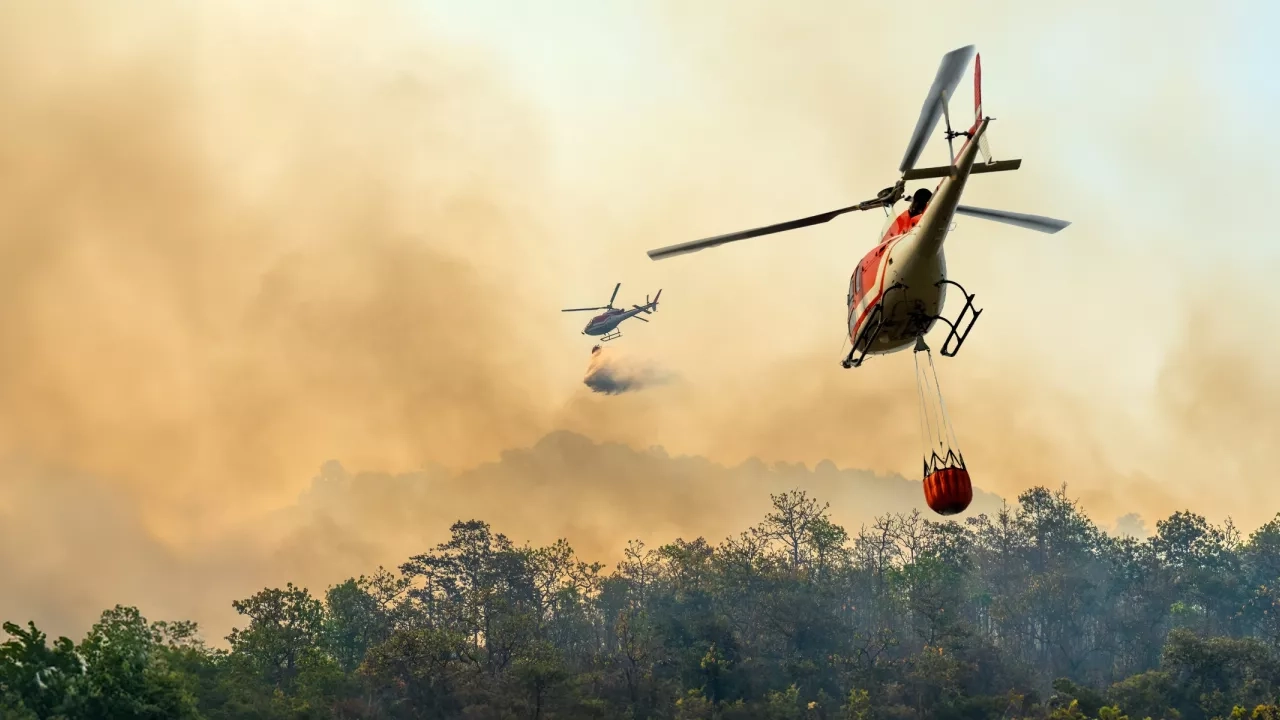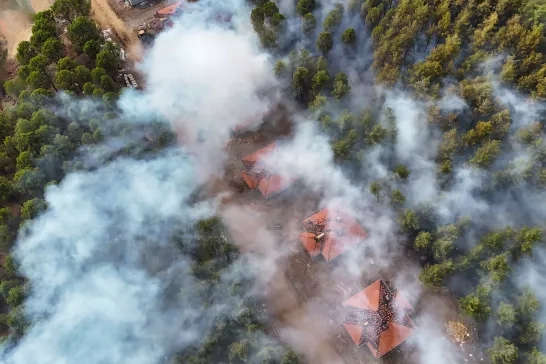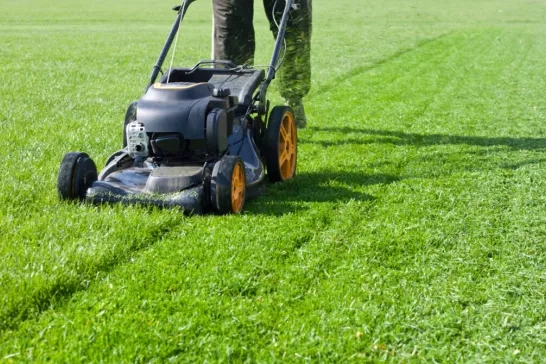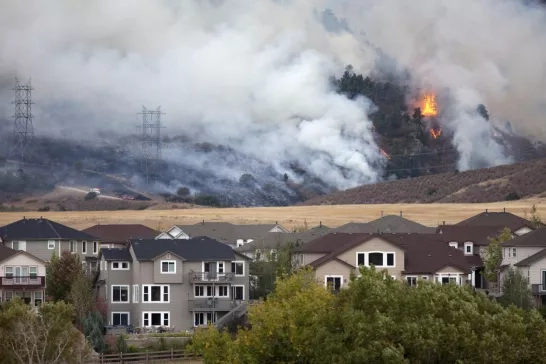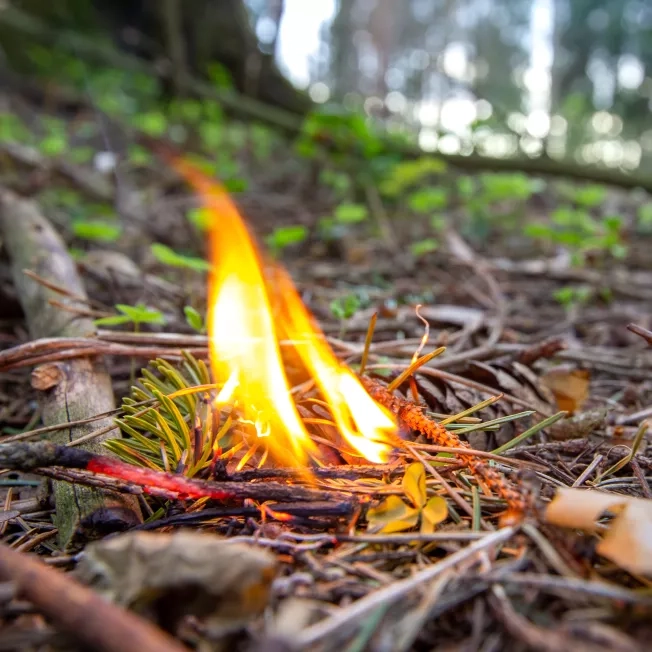
Rethink what you know about wildfires
Increasingly hot, dry summers are resulting in wildfires across Canada. It’s time to rethink what you know about how wildfires spread and how you can protect yourself.
You have more ways to reduce the risk of being affected by wildfires than you know.
Protect your home against embers
Did you know most homes do not ignite from direct contact with wildfire flames? It’s estimated that 90% of homes are destroyed indirectly by embers that are carried by the wind.
Homeowners should prioritize the “Immediate Zone” around their home, which is the first 1.5 meters out from the walls of their house.
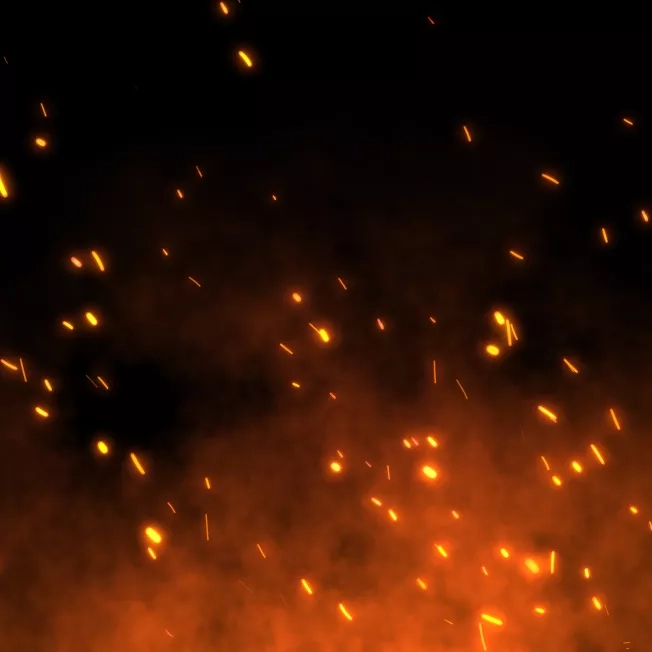

Clear away vegetation
Swap flower beds against the house for a non-combustible hardscape using materials such as flagstone or concrete.
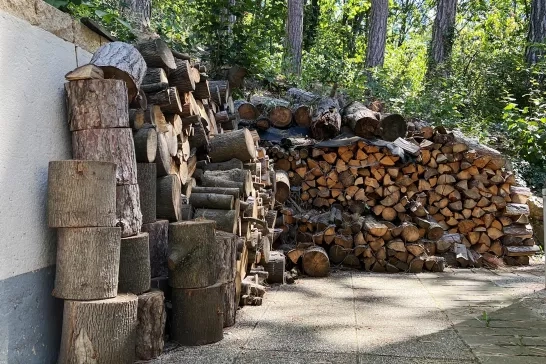
Move what burns
Get rid of yard trimmings, firewood, propane tanks and all flammables close to your house and deck.
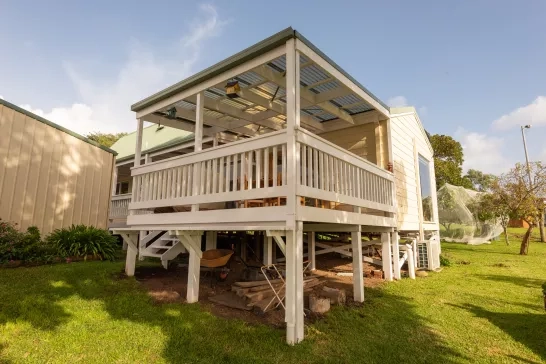
Check the deck
Remove yard waste and flammable materials from beneath the deck. If the deck is wooden, replace any rotted or cracked boards.

Grow a fire-resistant garden
There are plants with moist, supple leaves and little or no sap, resin, oil or wax that look beautiful and are less likely to spread a fire.
Doing some major renovations?
- When it comes time to replace or upgrade your deck or fence, consider replacing it with a fire-rated surface.
- When it comes time to replace your windows or doors, you can choose multi-pane, tempered glass windows and non-combustible or fire-rated doors and garage doors.
- When it’s time for a new roof, choose Class-A, fire-rated roof material such as metal, asphalt, slate, clay or concrete. The difference is huge, as statistics show wildfire structure survival is 90% for a non-combustible roof.
Additional resources
